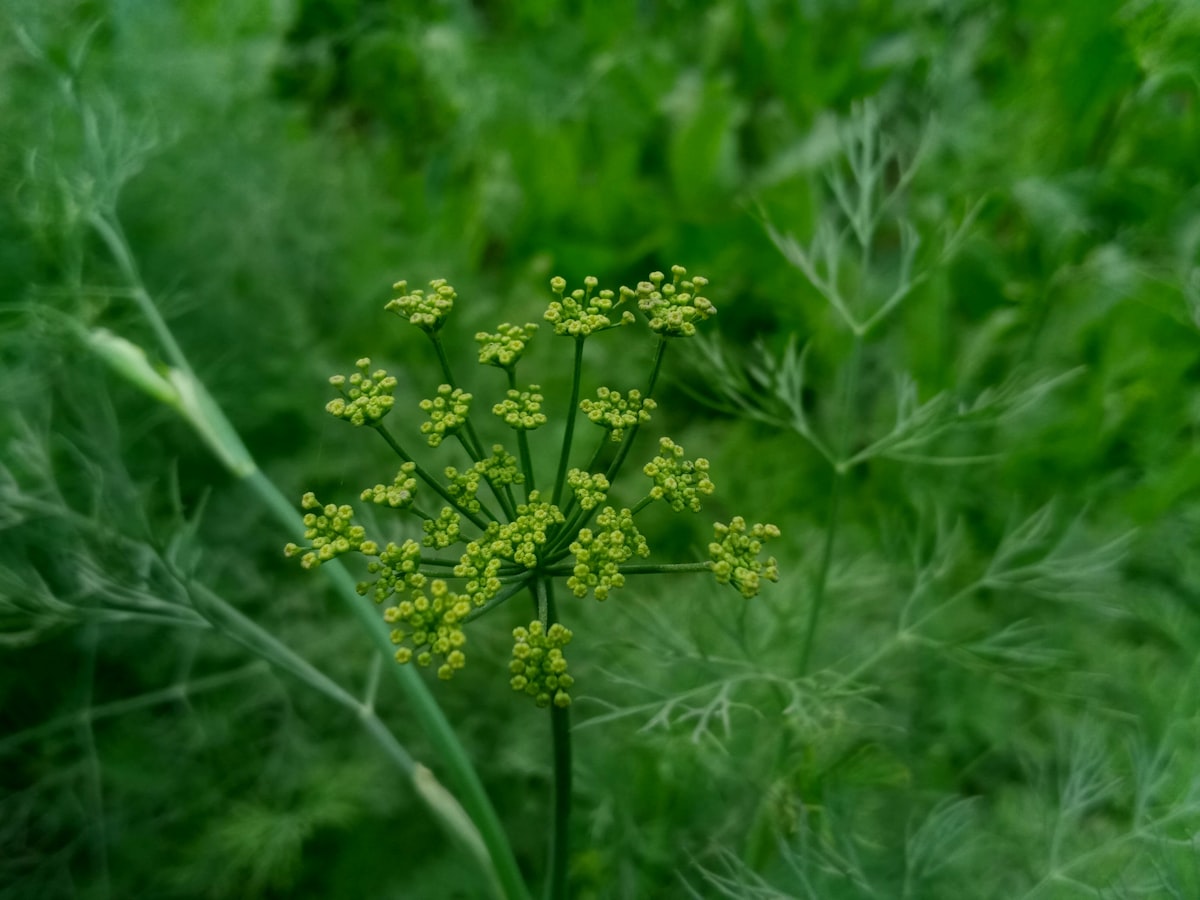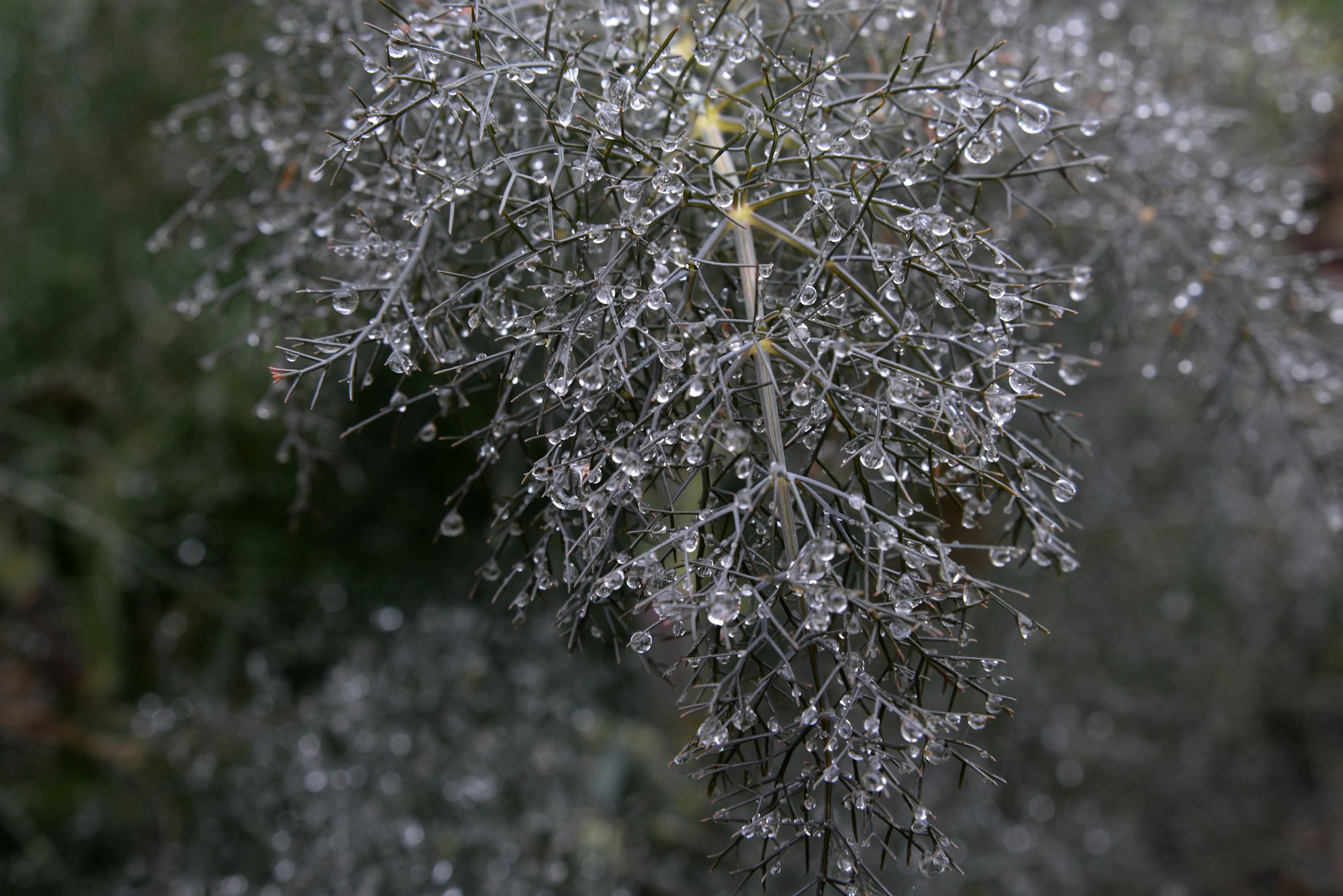How to Grow Fennel
Fennel is a versatile herb and vegetable known for its distinct flavor and multiple uses in the kitchen. To grow fennel successfully, consider factors such as seed selection, planting site, and timing.

Table of Contents
The type of fennel variety you grow will depend on whether you prefer using the bulb, fronds, or seeds, with Florence Fennel being popular for its edible bulbous stem.
Growing fennel requires a sunny location with good soil drainage.
Direct sow seeds in early spring, as the plant doesn't like transplanting and can handle a bit of frost.
Ensure the soil is warmed, and avoid growing fennel near dill or coriander to prevent cross-pollination that affects the flavor of the seeds.
About Fennel Plant
Fennel (Foeniculum vulgare) is a flavorful perennial herb well-known for its edible and ornamental values.
This versatile plant can be grown both in your garden and indoors, allowing you to enjoy its unique texture and flavor throughout the year.
The fennel bulb, often used in salads and culinary dishes, can be harvested from the Florence Fennel variety.
Besides the bulb, fennel seeds and fronds can also be used in cooking, adding a distinct and pleasant taste to your meals.
The plant can thrive in well-drained, acidic soil with a pH between 5.5 and 6.8 and requires full sun exposure.
To enhance the growth of your fennel, consider adding organic matter to the soil and ensure proper care and maintenance for a successful harvest.
Bronze fennel can be a great addition to your herb garden with its eye-catching foliage and aroma.
At the same time, some fennel varieties can also be treated as annuals for those looking to diversify their vegetable beds.
Growing Fennel
Before planting fennel, choose the appropriate variety based on the part of the plant you want to use (bulb, fronds, or seeds); Florence Fennel is commonly grown for its bulbous stem.
Start by preparing the soil in a location that receives at least 6 hours of sun per day, ensuring it is well-drained, acidic with a pH between 5.5 to 6.8, and rich in organic matter such as aged compost.
Soak fennel seeds in water for a day or two before sowing to promote germination.
Sow seeds directly outdoors during early spring once the soil has warmed and there is no threat of frost.
Direct sowing is recommended, as fennel doesn't transplant well—plant seeds 1/4" deep, ten seeds per foot in rows 18" apart.
Water the soil evenly but not excessively while waiting for germination, typically within 1-2 weeks.
Once sprouted, thin plants to 6" apart to encourage healthy growth.

Caring for Fennel Plant
Sun and Temperature
Fennel thrives in areas that receive full sun, so plant it in a spot with ample sunlight. The ideal temperature range for growing fennel is between 60-75°F.
Water and Humidity
Keep the soil consistently moist but never waterlogged. Water your fennel plants regularly, especially during hot and dry periods. Maintain moderate humidity levels for optimal growth.
Soil and Fertilizing
Fennel prefers well-drained, acidic soil with a pH between 5.5-6.8. Enrich the soil with compost or organic matter to improve its texture and nutrient content.
Fertilizing isn't generally necessary for fennel, but you may provide a balanced fertilizer if the soil is poor.
Pruning and Propagation
Regularly trim your fennel plants to promote bushy foliage by cutting back older fronds.
For propagation, sow fennel seeds directly in the garden in early spring, as they don't transplant well.
Thin the seedlings to about 6 inches apart for proper growth and development.
Troubleshooting Plant Problems
Growing Problems
When growing fennel, bolting can occur - the plant prematurely produces seeds and stops growing.
To prevent bolting, avoid transplanting seedlings and directly sow seeds in early spring once the soil has warmed up.
Keeping an eye on your watering schedule is also essential, as overwatering or underwatering the plant may result in stunted growth or wilting.
Fennel seedlings require proper sowing and germination conditions. Sow seeds directly into the soil, as fennel does not like to be transplanted.
Ensure proper spacing between seeds and maintain a consistent watering schedule to facilitate healthy growth.
Pests and Diseases
Fennel is susceptible to pests like slugs, snails, caterpillars, and aphids.
Slugs and snails can be controlled with beer traps or by encouraging beneficial insects into your garden, such as ground beetles.
Caterpillars, particularly those of the swallowtail butterfly, can be managed using biological control methods like applying Bacillus thuringiensis.
Aphids may also cause damage to your fennel plant.
Introduce beneficial insects like ladybugs and lacewings to your garden to help control aphid populations.
Consider using insecticidal soaps or natural horticultural oils to combat these pests in case of severe infestations.
Fennel is also prone to diseases like root-knot nematodes, which form galls on the plant's root system.
The presence of root-knot nematodes can turn leaves yellow, reduce plant vigor, and cause wilting.
To combat root-knot nematodes, plant-resistant fennel varieties are available.
Companion Planting
Planting fennel alongside other herbs like dill, cilantro, and parsley can help to improve its flavor and growth.
Additionally, fennel does well when planted near vegetables like tomatoes and peppers, as these plants can help to repel pests and attract beneficial insects.
Conclusion
Incorporating fennel into your garden will provide you with a versatile, tasty herb and contribute to the overall health of your outdoor space.
Fennel is packed with nutrients and can be used in various dishes, from Mediterranean-inspired recipes to fresh salads, making it a delightful addition to any cook's repertoire.
To successfully grow fennel, choose the suitable variety for your desired use and provide the appropriate care for your plants.
Plant fennel in a sunny location with well-drained, acidic soil (pH between 5.5-6.8), and ensure that it's not planted near dill or coriander, as cross-pollination can impact the flavor.
With proper attention and care, your fennel plants will thrive, and you'll soon enjoy the delightful seasoning it offers to your culinary creations.
Frequently Asked Questions
What is the ideal season to plant fennel?
Fennel can be grown annually, so plant it in the early spring after the last frost. If you live in a mild climate, you can also sow fennel seeds in the fall for a winter harvest.
Can fennel be grown in containers?
Yes, you can grow fennel in containers. Ensure the container is 12 inches deep and has good drainage to accommodate the plant's long taproot.
How much sunlight do fennel plants need?
Fennel thrives in a sunny location, so provide your plants at least 6 hours of sunlight daily. Full sun is ideal for healthy growth and flavorful bulbs.
How often should fennel be watered?
Water your fennel plants regularly, keeping the soil moist but not waterlogged. A good rule of thumb is to water when the top inch of soil feels dry.
What is the proper spacing for fennel plants?
Plant fennel seedlings or bulbs 12-18 inches (30-45 cm) apart in well-draining soil. This spacing will allow the plants to grow without competing for resources, resulting in healthy and productive plants.
How do I harvest fennel when it's ready?
You can harvest fennel bulbs when they reach the size of a tennis ball or larger. Cut the bulb at the base with a sharp knife, leaving some roots intact to encourage regrowth. For the leafy fronds, snip them as needed to enhance your culinary dishes.


